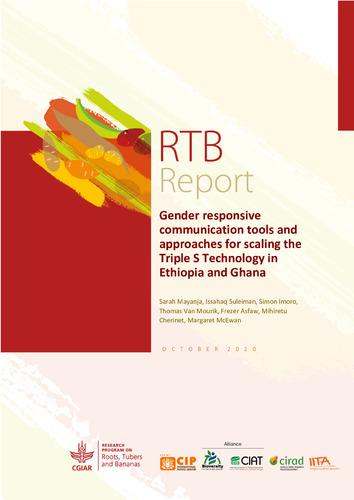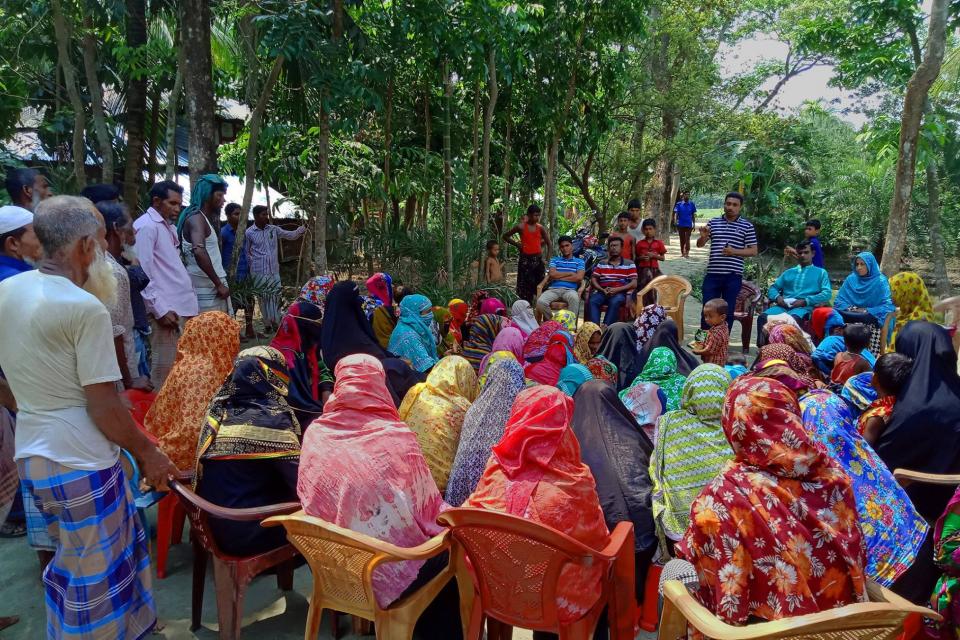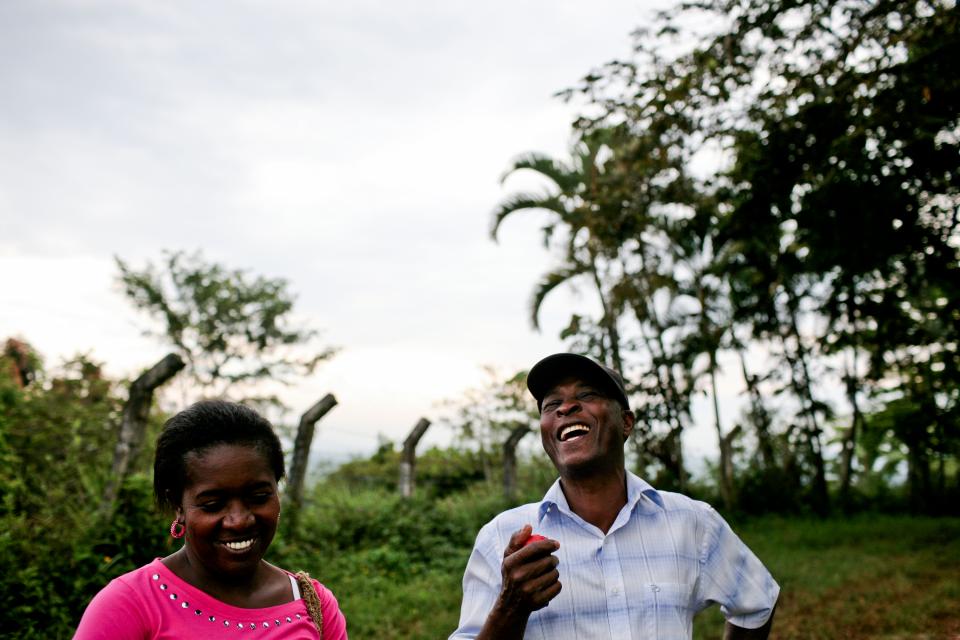Gender-responsive project implementation
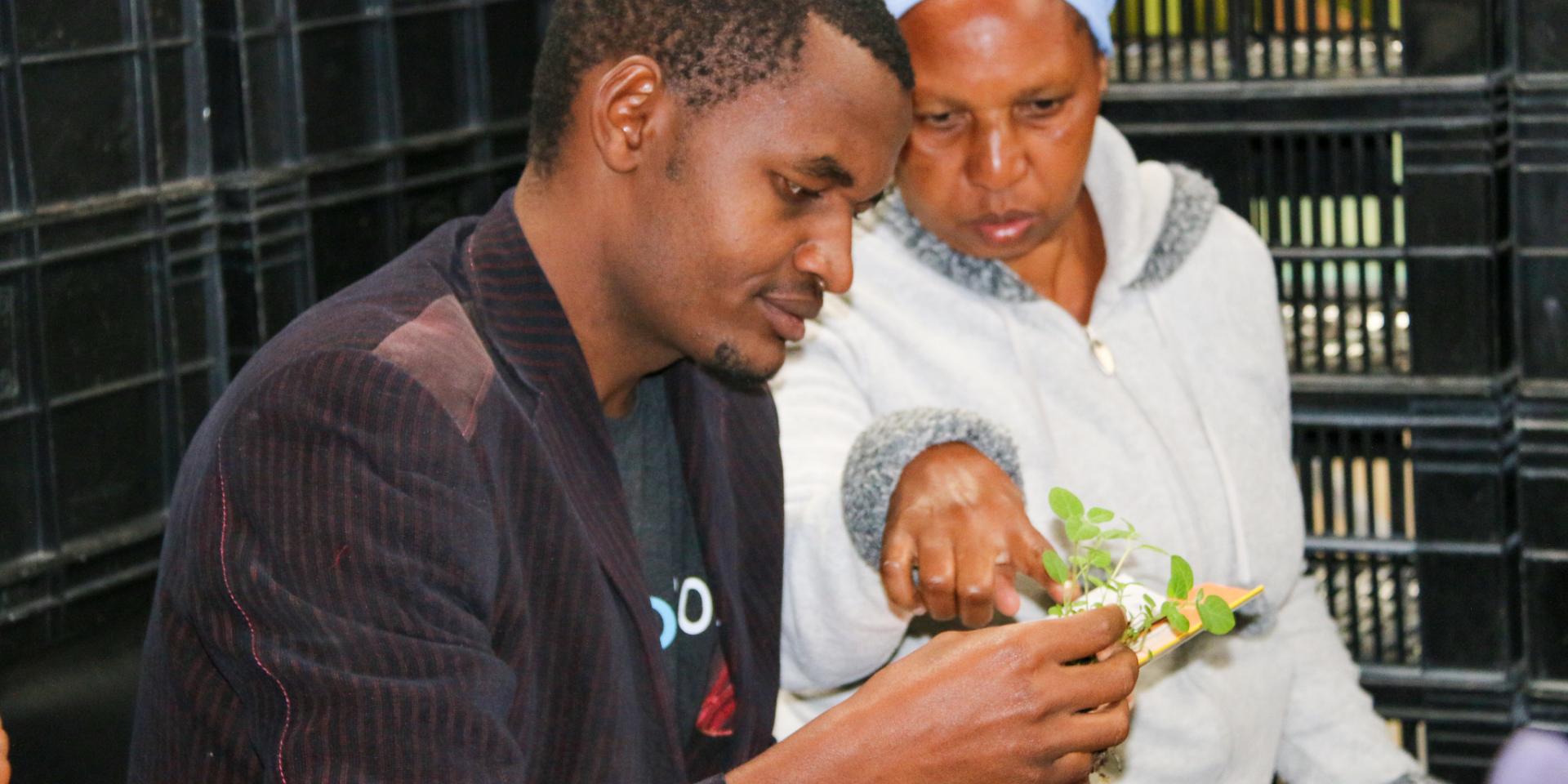 Photo: N. Ronoh (CIP-SSA)
Photo: N. Ronoh (CIP-SSA)
This guidance note on implementing gender-responsive projects in a prioritized, proactive way—with concrete suggestions—is tailored for under-resourced teams.
Why is this tool important?
Researchers committed to addressing gender and social inequalities for women’s and men’s benefit need projects and approaches that are tailored to the needs, priorities and interests of women and men of different ages and socioeconomic and cultural backgrounds.
However, putting this into practice after analyzing women’s and men’s needs can be challenging, especially when project teams lack resources and capacities to integrate gender into the project.
Who is the tool for?
The guidance note is for researchers, practitioners and people designing approaches or projects. It may be of interest to policymakers.
Country of focus: African countries within the Resilient Food Systems Programme
How can I use the tool?
Gender-responsive design should result in the opportunity to achieve equitable benefits for both women and men. The aim is to ensure that both women and men have equitable opportunities to participate in, contribute to, and benefit from projects.
Researchers can do analyses to identify and account for differences in needs, roles and responsibilities, as well as opportunities for equal engagement of women and men. This guidance note helps teams to identify
- the most relevant gender dimensions according to the theme and scope of their project
- activities, methods and approaches to address those gender dimensions in project implementation.
This guide explores gender dimensions in project planning
- gender-equitable participation in decision-making
- access to and control over resources
- access to financial services and markets, and control over income and benefits
- achieving an equitable workload.
Then the guide gives concrete recommendations in each area for programming and implementation, as well as the types of outcomes that can be achieved when a gender dimension is recognized and addressed.
The guide also includes real-life examples of projects that can be replicated, and a list of tools, methodologies and resources to support gender-responsive project implementation.
When and how was it developed?
The guide was developed for the Resilient Food Systems Programme through World Agroforestry (ICRAF) in 2021.
Where can I get the tool? Who can I contact?
You can download the guidance note as a PDF [13.3MB], and access more Resilient Food Systems resources online. The author of the guide is Ana Maria Paez Valencia, Gender Specialist at World Agroforestry: a.paez-valencia@cgiar.org
Publications
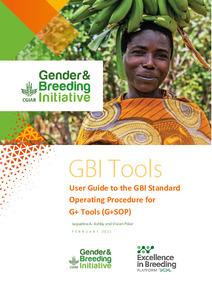
User guide to the standard operating procedure for G+ tools (G+SOP)
Ashby, J.A. and Polar, V. (2021). User guide to the standard operating procedure for G+ tools (G+SOP). CGIAR Research Program on Roots, Tubers and Bananas, User Guide. 2021-3. International Potato Center: Lima, Peru. www.rtb.cgiar.org/gbi.
Gender Roles And Land Use Preferences-Implications To Landscape Restoration In Southeast Asia
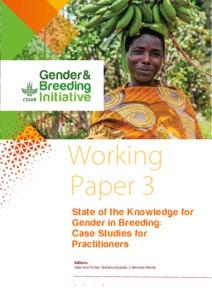
State of the Knowledge for Gender in Breeding: Case Studies for Practitioners
